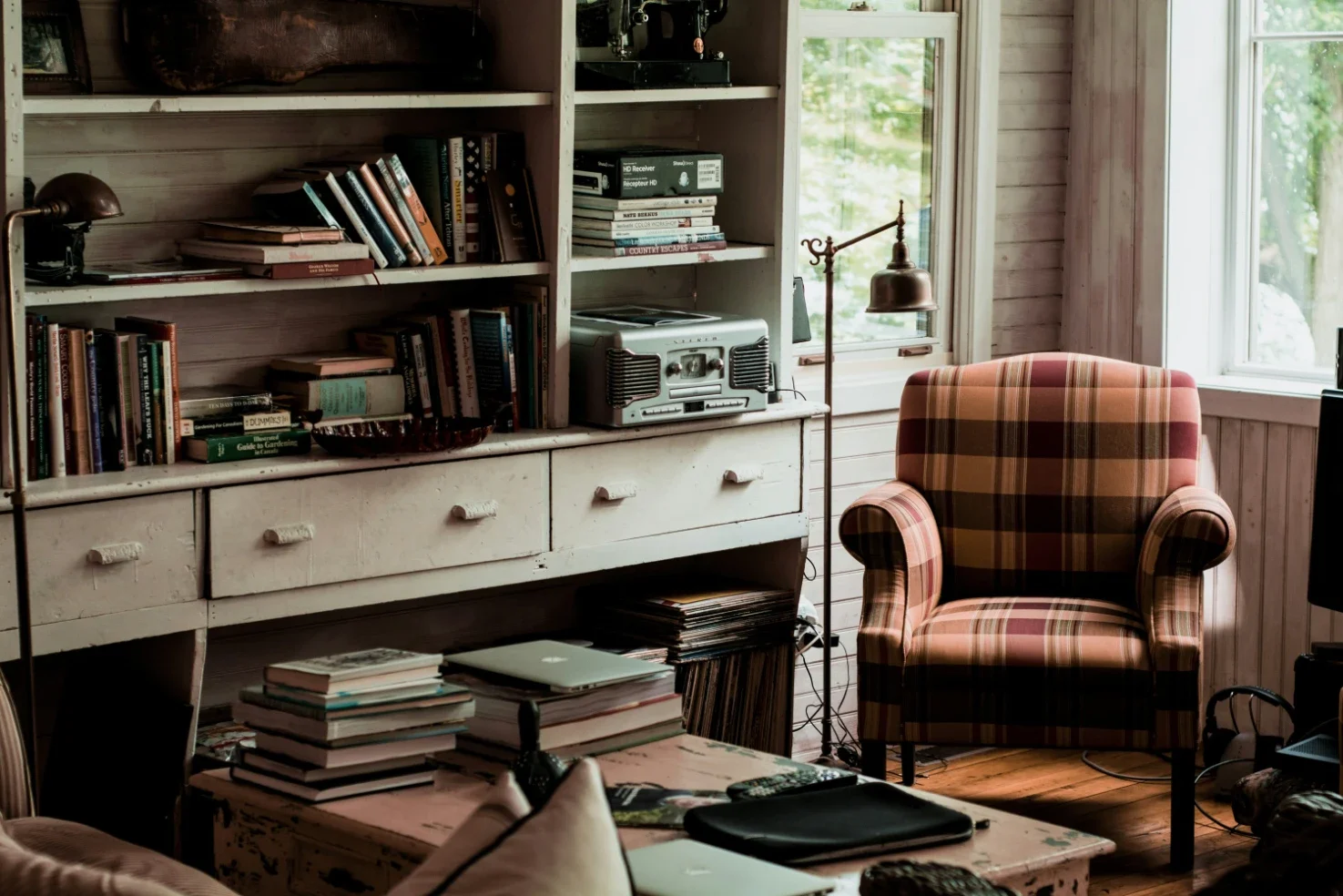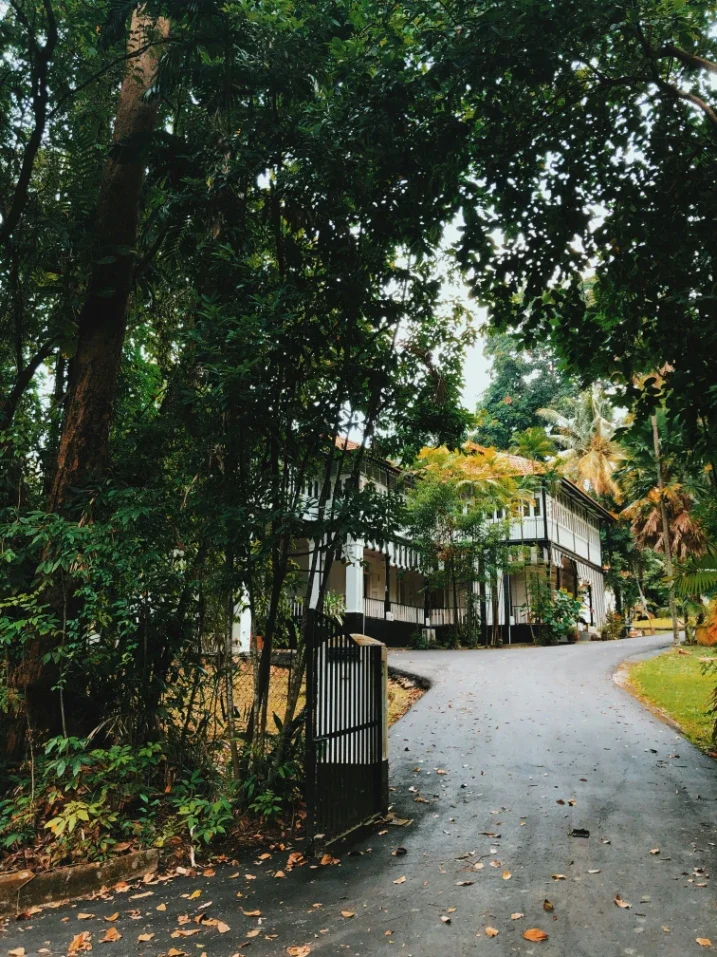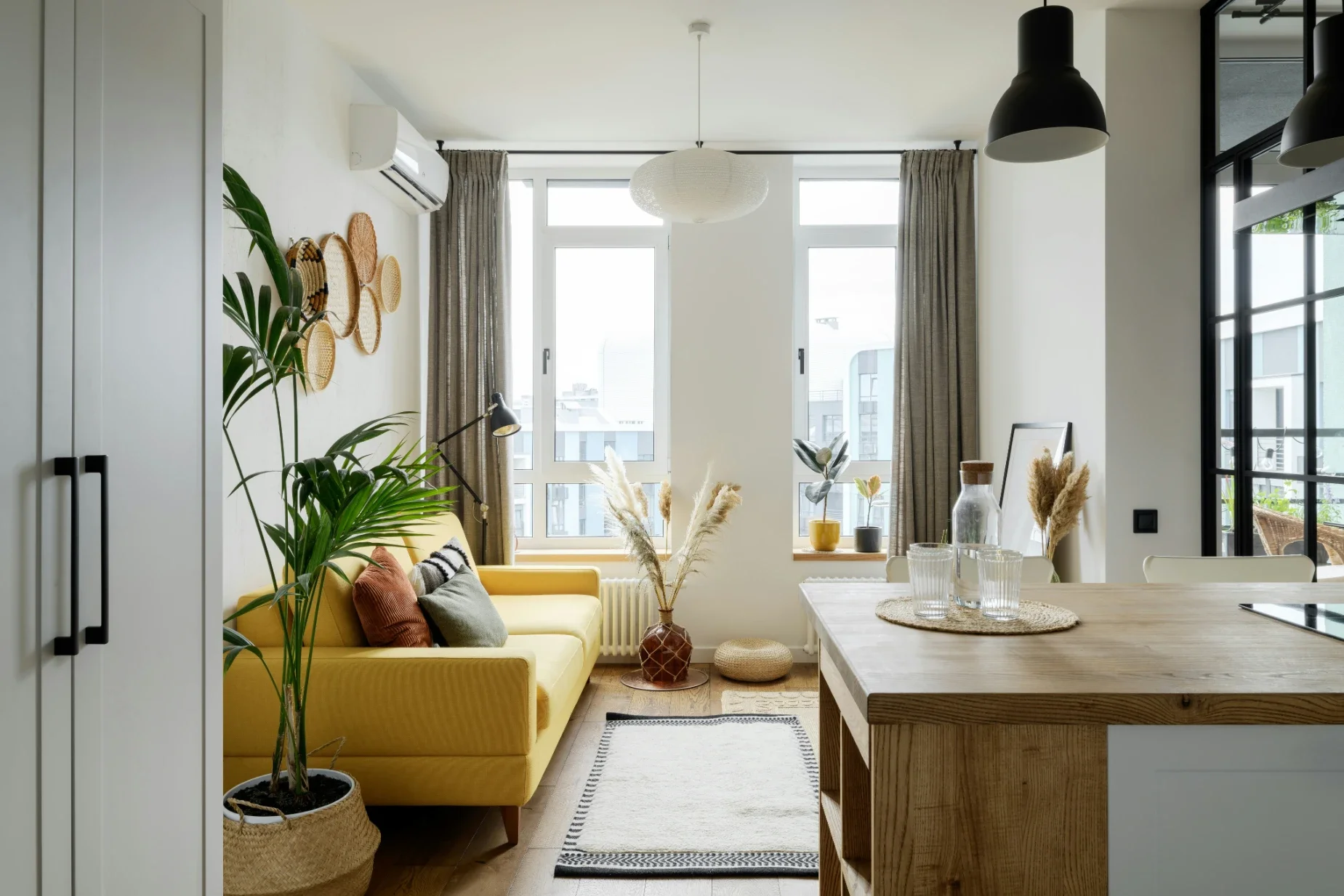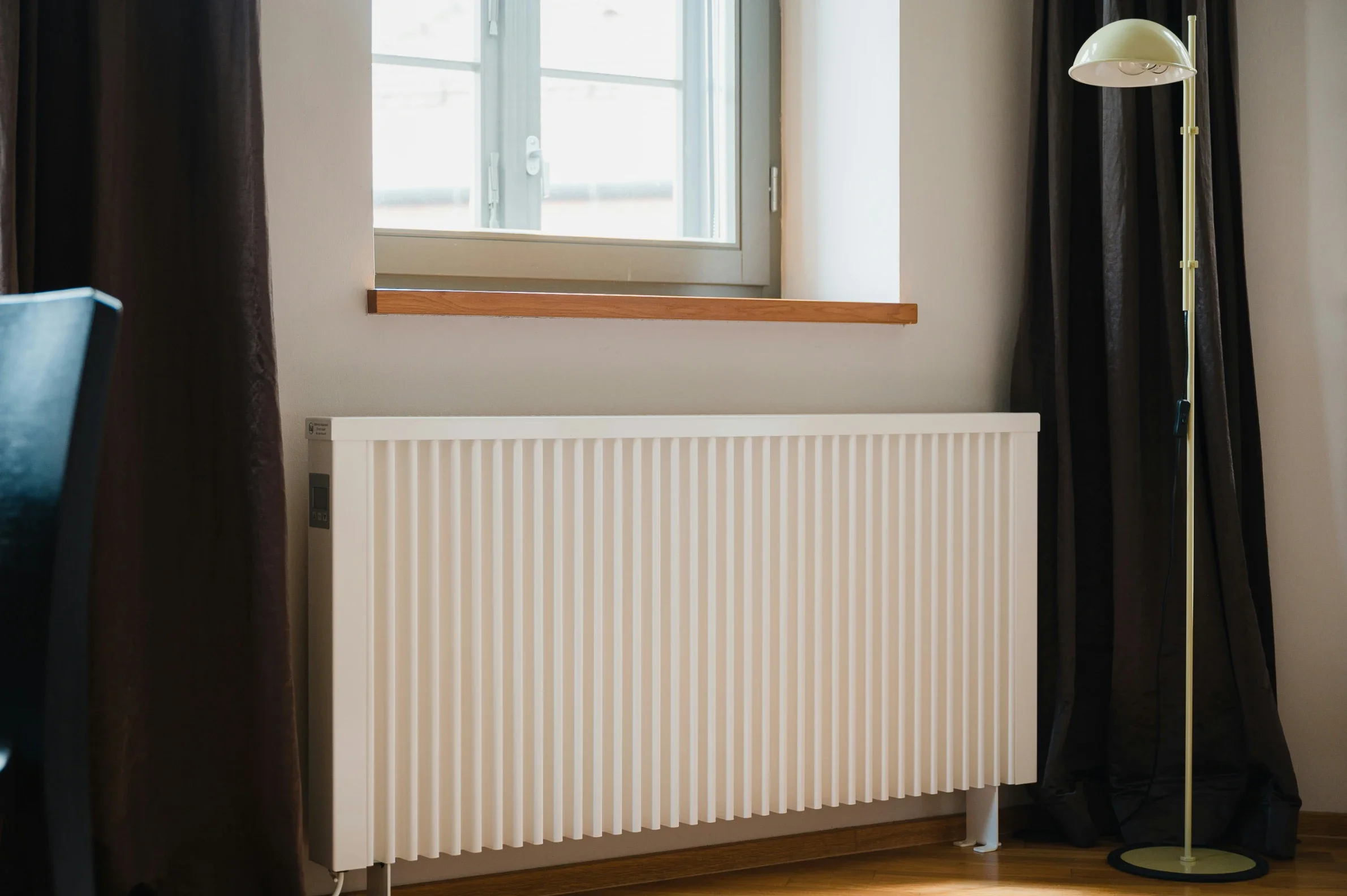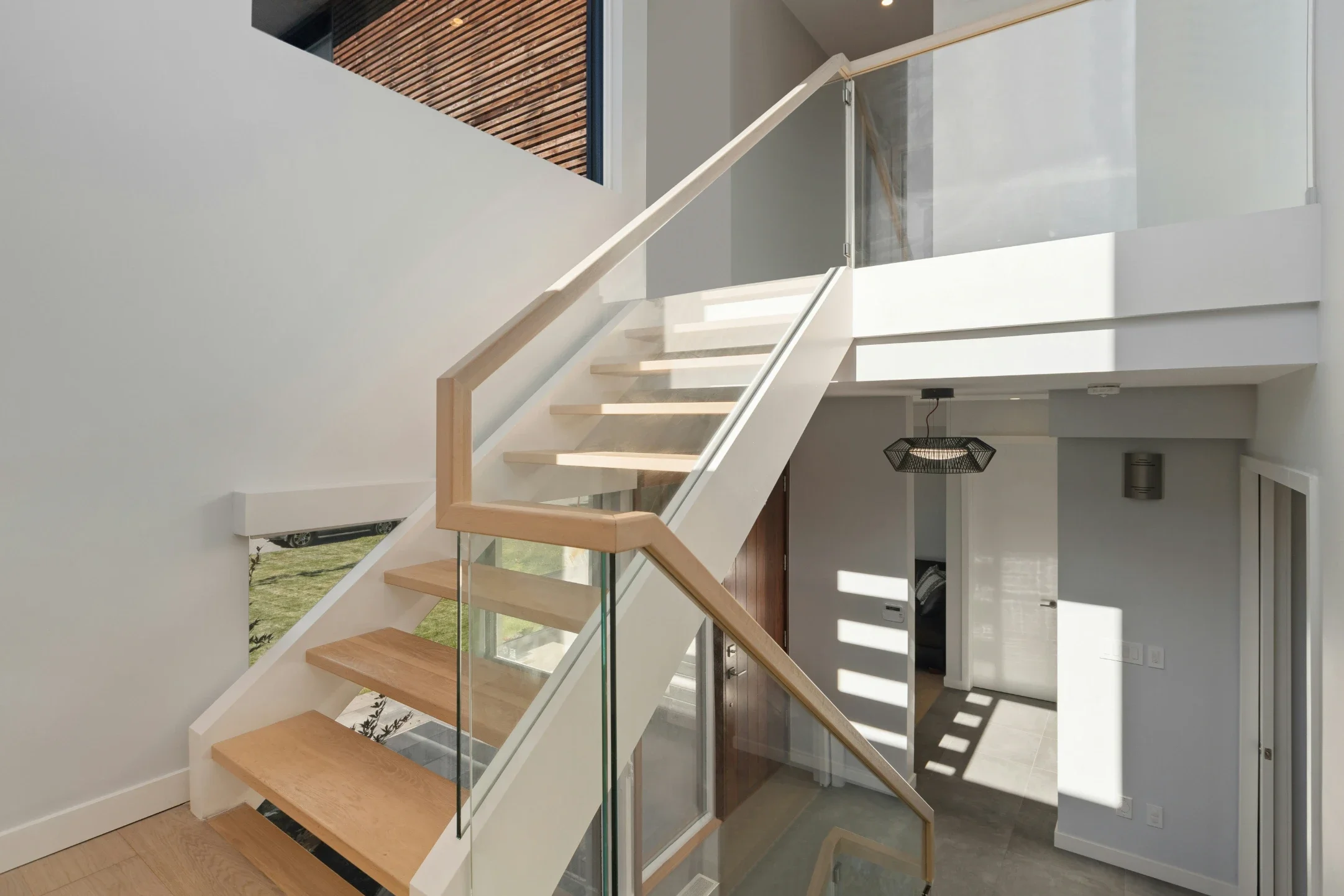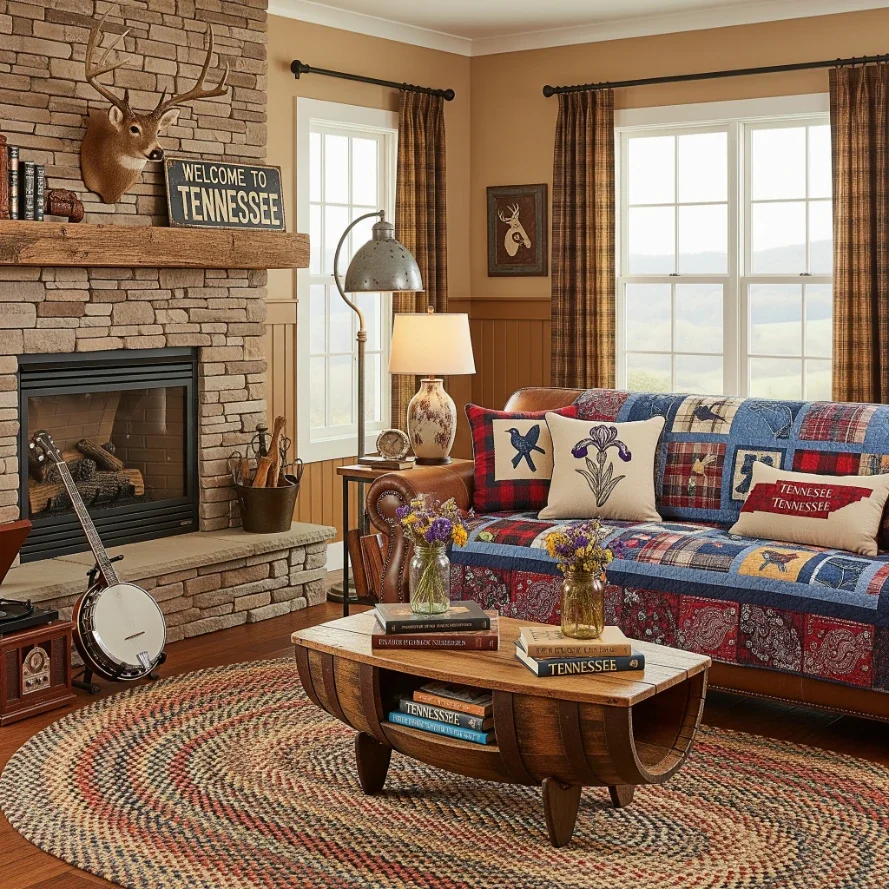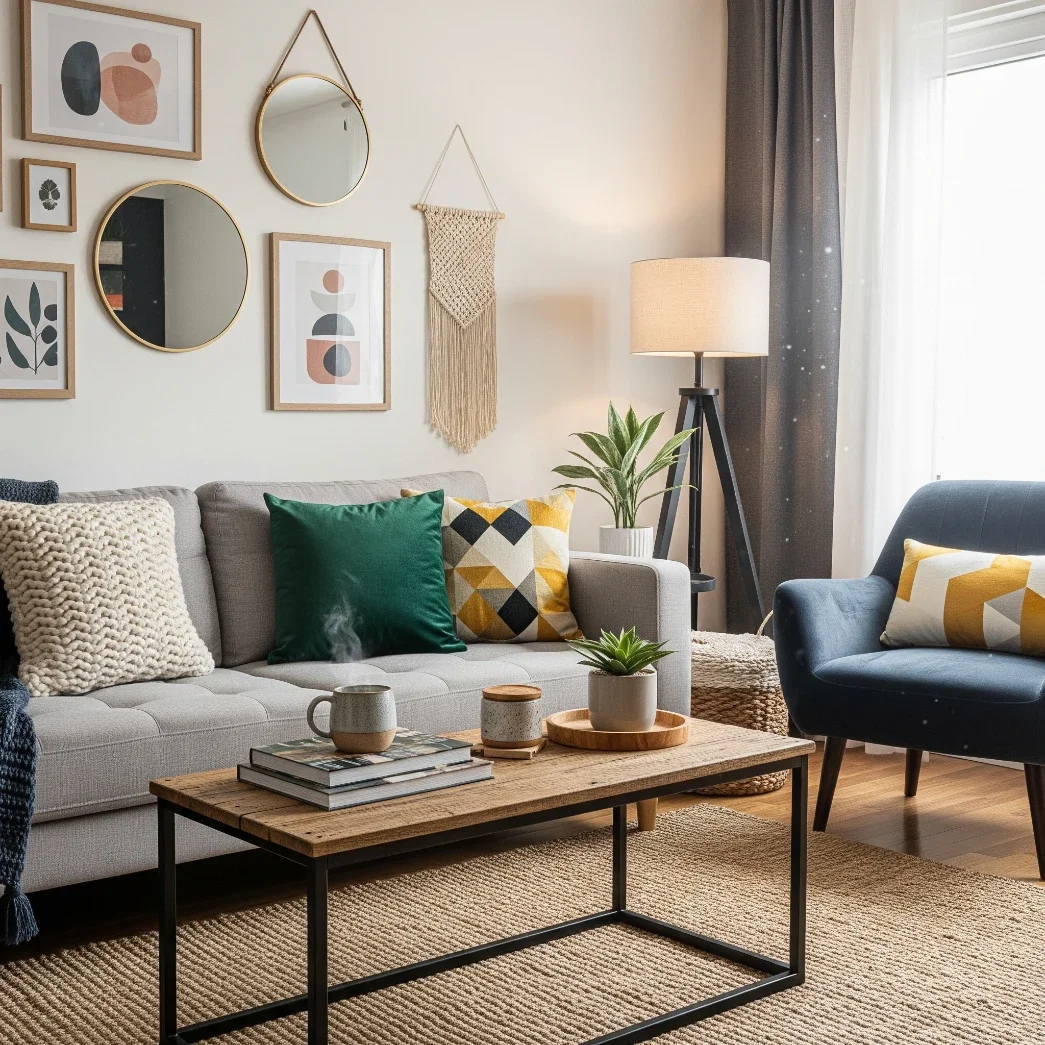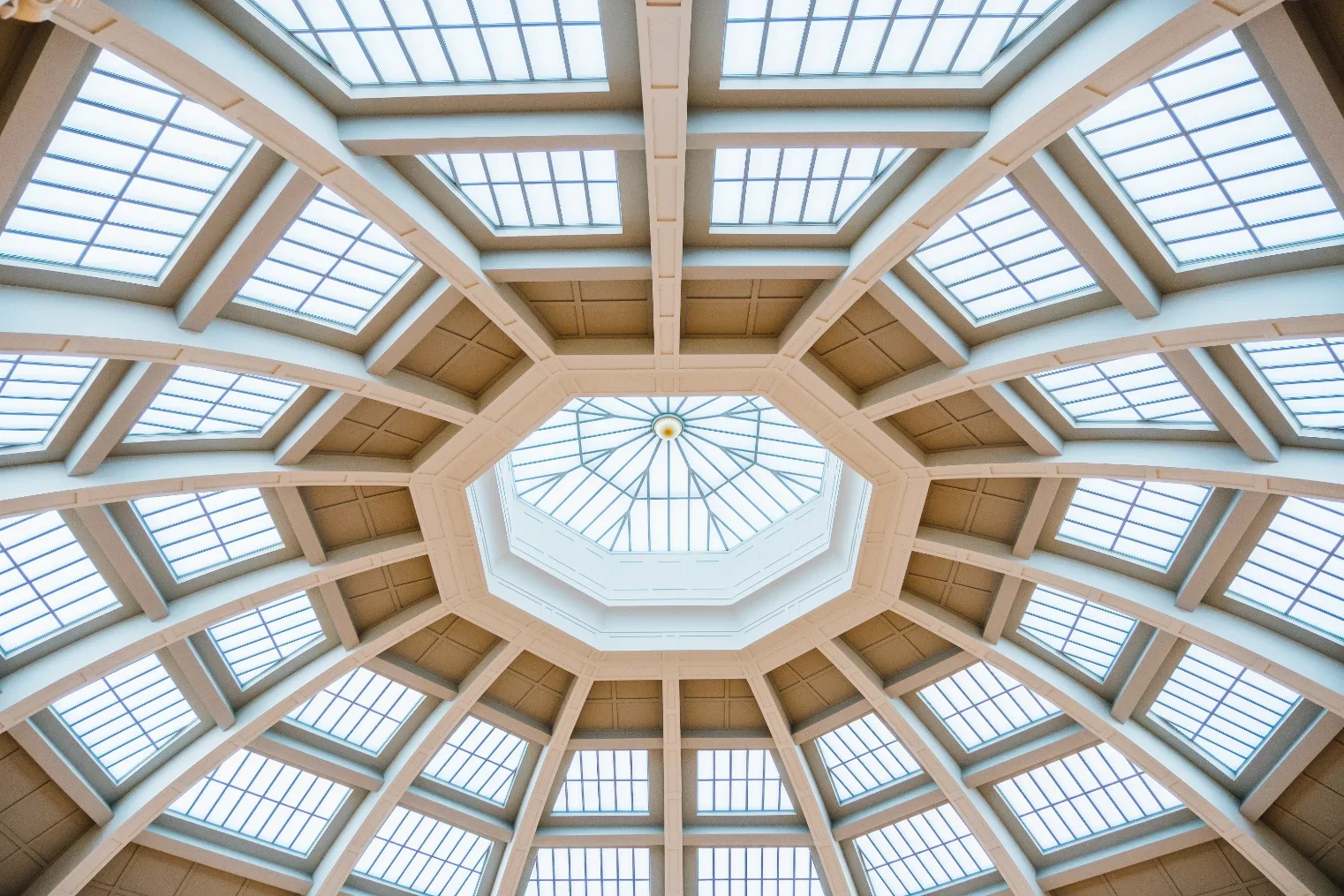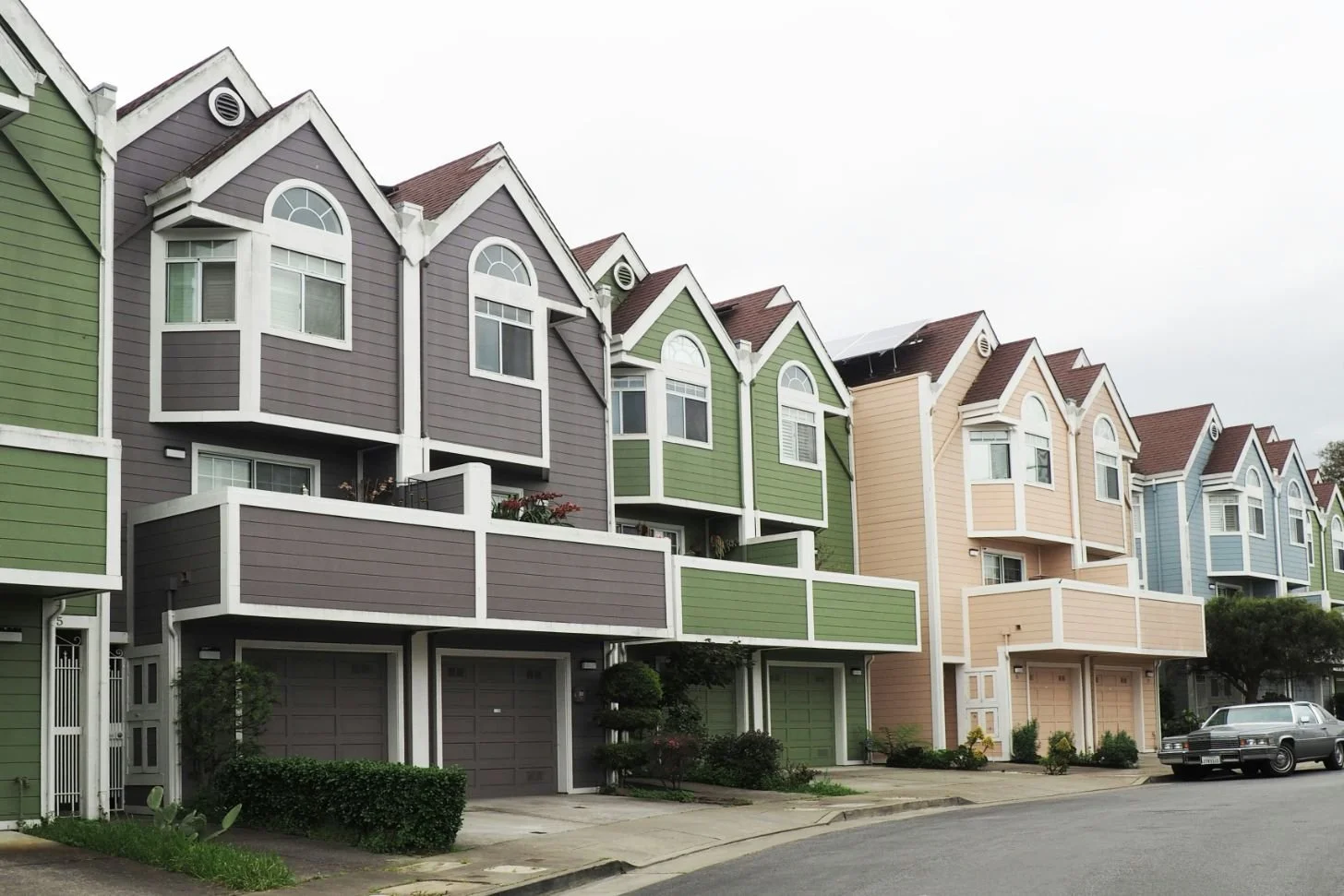How To Maximise Living Space With Vertical Decor
Maximize your living space by using vertical decor ideas that add style, storage, and functionality without sacrificing square footage.
Maximising floor space is a familiar challenge for anyone living in a compact home or city apartment. When every square metre counts, thinking beyond traditional layouts becomes essential.
Vertical decor offers a creative and functional way to make the most of unused wall space, transforming it into a stylish feature or clever storage solution. From subtle shelving to statement planters, there’s more than one way to bring the walls to life.
Why Vertical Decor Works Wonders
Making the most of vertical space is one of the smartest design moves in a small home. It draws the eye upward, creating a sense of height and openness, while also freeing up valuable floor space. Think of vertical decor as a two-for-one deal: it enhances aesthetics while also solving storage and organisation issues.
From the narrow strip of wall behind a door to the blank space above your sofa, there are plenty of vertical zones just waiting to be styled. Thoughtful placement of storage and home decor in these areas can transform otherwise unused space into something both practical and visually appealing.
Decorative Yet Functional Ideas
Function doesn't need to come at the cost of style. These ideas combine everyday practicality with thoughtful design, helping to make the most of every bit of wall space:
Floating Shelves
Floating shelves are a great way to add both storage and visual interest. Group them in threes for symmetry, or stagger them for a more playful look. Keep things balanced by mixing decorative objects like vases and plants with practical items such as books or baskets.
Installation tip: For heavier loads, be sure to use suitable fixings for your wall type—wall plugs and long screws are essential for a secure hold.
Wall-Mounted Rails and Hooks
Perfect for entryways, kitchens, or bathrooms, wall-mounted rails and hooks bring order to everyday clutter. Use them to hang utensils, bags, or even decorative elements like dried herbs or hanging cups. Industrial-style metal rails add edge, while wooden shaker pegs offer a softer, rustic feel.
Installation tip: Use toggle bolts or anchors for plasterboard walls and expansion bolts for masonry to keep everything securely in place.
Hanging Planters or Art Installations
Hanging items like planters or art pieces is a beautiful way to liven up blank wall space without taking up any floor area. Try a cluster of staggered frames or a cascading arrangement of greenery in macramé holders for a lush, boho vibe.
Installation tip: Overhead pieces need appropriate ceiling fixings—look for hook anchors or eye bolts with expansion sleeves to support the weight safely.
Overhead or High Storage
High shelves or top-of-wall cabinets are perfect for items you don’t use every day. They keep your living space tidy without sacrificing function. To keep the look cohesive, match materials and colours to your existing decor.
Safety note: Always use load-rated fixings, and double-check that older walls can handle the weight before installation.
Choosing the Right Fixings for Your Walls
Before you start drilling, it's essential to know what kind of wall you’re working with. Using the wrong fixings can result in damage—or worse, falling items.
Plasterboard or drywall is common in many homes but can be tricky to work with when hanging heavier decor. Since the surface isn’t very strong on its own, you’ll want to use lightweight anchors, toggle bolts, or specialist plasterboard fixings to keep things secure without causing damage.
Brick or masonry walls, on the other hand, are solid and can support much more weight. However, you’ll need to take care when drilling into these materials. Masonry screws combined with wall plugs or sleeve anchors are the best choice to prevent cracking and ensure a firm hold
Stud walls offer a middle ground. If you’re mounting heavier items, it’s best to anchor directly into the wooden studs behind the plasterboard. For lighter pieces, self-drill fixings placed between the studs can be a good alternative, offering enough support without needing to locate the framing.
If you’re unsure what type of wall you have, try a stud finder or simply knock on the surface and listen. Hollow sounds often mean plasterboard, while solid, dull thuds usually indicate brick or masonry. Taking the time to identify the wall type and choosing the right fixings will help keep your decor safe and long-lasting.
Safety & Aesthetic Tips
Whether you’re installing a simple hook or a full set of floating shelves, always keep safety and appearance in mind:
Weight limits: Don’t exceed the recommended load capacity of your fixings or wall type.
Alignment: Use a spirit level to make sure everything is straight and evenly spaced.
Concealed fixings: Hide unsightly screws or brackets with decorative caps or by positioning items cleverly.
Finishing touches: Touch up with paint or wall putty for a polished, professional finish.
Vertical decor, when paired with the right fixings, has the power to turn any small space into something both stylish and practical. It brings structure and flair to your walls while helping you get the most out of every inch available.

